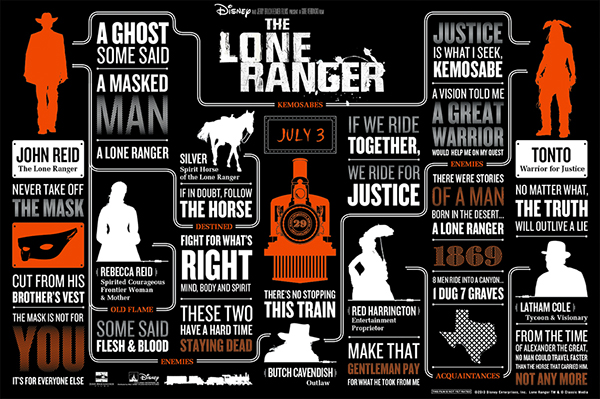RETRO REVIEW
Poor Adam Sandler. (Just hold on, I’m going somewhere with this.) After leaving “Saturday Night Live”, the gates of stardom opened and he began making hit after hit, all comedies of course: Billy Madison, Happy Gilmore, The Wedding Singer, The Waterboy and Big Daddy. He threw in the occasional drama; most notably the critically acclaimed Punch-Drunk Love, directed by Paul Thomas Anderson. But somewhere along the way, Sandler seemed to settle into making crude, ill-humored cheap fare where he can prance around the screen in goofy voices screaming gibberish. Oh, sure, he did all of that and more from Billy Madison to Big Daddy, but there was a point when it just got increasingly irritating to people. Some might say he’s squandering his talent in filth like Jack and Jill and all the schlocky movies he even parodied in fake trailers made for Judd Apatow’s Funny People. So if he gets why people don’t like him, why does he keep making what they don’t like?
From multiple accounts, Sandler is said to be one of the nicest guys working in movies today. If you’re his friend, you’re more likely to get in one of his movies, or even star in one. Sandler has moved away from movies portraying him as the goofy slacker with a temper towards more of a bewildered father figure in more recent flicks like Blended. He’s found meager success in voicing Count Dracula in Hotel Transylvania and will return in this year’s Hotel Transylvania 2. Many are expressing hope that Pixels will be better than his typical films. But way back when, Sandler was just at the tip of the hate iceberg. He made a film that few talk about today; surprising, considering it crosses both hatred of Sandler and remakes. Especially remaking a Frank Capra movie!
Dead from irrationally climbing Mount Everest, billionaire Preston Blake (Harve Presnell) leaves behind a massive media empire that desperately needs an heir to keep afloat. The company’s two top men Chuck Cedar (Peter Gallagher) and Cecil Anderson (Erick Avari) are sent to Mandrake Falls, New Hampshire after research discovers the closest living relative to Blake: greeting card writer Longfellow Deeds (Adam Sandler). Deeds is a nice enough guy, willing to help anyone with a smile and a cheerful heart. When Cedar and Anderson tell Deeds of his heritage, he agrees to go with them to New York to earn his inheritance but mostly to find a woman to fall in love with. This gets the attention of entertainment reporter Babe Bennett (Winona Ryder) who decides to disguise herself as simple nurse Pam Dawson to accompany Deeds, solely to write stories for her boss, Mac McGrath (Jared Harris). She soon realizes Deeds isn’t the country bumpkin everyone has been led to believe and slowly starts to fall for him.
One might be surprised to find that this film actually does reference to the original Capra film, Mr. Deeds Goes to Town. The town of Mandrake Falls and the little poem under its Welcome sign, Deeds and company making echoes in a cavernous room, the names Babe Bennett, Dawson and Cedar, sliding down the stairs, Deeds telling a bunch of high class bullies, “If it wasn’t for Miss Dawson being here, I’d probably knock your heads in,” and Deeds wanting to save a damsel in distress are all nods to the original. Sure, Sandler will never be Gary Cooper, but that’s more reverential than most remakes of this day and age.
Don’t get me wrong, this movie has the same goofy voices and weird gross out humor (Deeds has a black, frost-bitten foot and we’re forced to watch one of McGrath’s henchmen soap his butt). But the heart of Capra still seems to come through, if only through the lens of Sandler. You feel happy for Deeds when he’s happy, sad for Babe when she’s sad, and mad with Deeds when he’s mad. Capra’s film climaxed with Deeds’ sanity being called into question. Sandler’s film wisely skirts this issue (because who wouldn’t believe he’s crazy) in favor of Deeds making a long speech at the end about not giving up on childhood dreams. It’s a nice speech, but a little out of place in this movie.
Capra’s film led to a spiritual sequel, Mr. Smith Goes to Washington (more famous than either Deeds film). It’s unlikely anyone – even Adam Sandler – will remake Smith (except Mel Gibson who did it once on “The Simpsons”). But for all its typical Sandler humor, Mr. Deeds has just a little something more that outshines his current work. Maybe it’s because less raunchy than most comedies today that rely on sex and drug jokes; if you took ‘em out, those movies would only be 20 minutes long. One would hope that Capra would have recognized the soul of his film in the depths of this 2002 movie.



